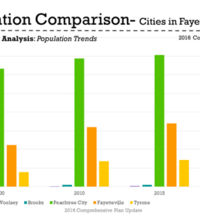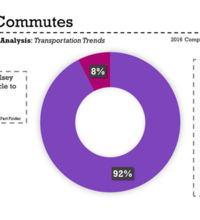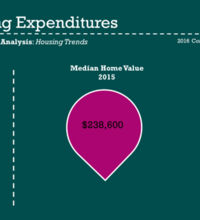About Us
The town of Woolsey, Georgia has a rich and interesting heritage. Learn about our history and view general information about our residents and community by selecting from the provided links.
History of Woolsey, Georgia
It is thought that Thomas Bolling Gay purchased the land on which the town of Woolsey stands from Jonathan Walker who drew the lot in the Land Lottery of 1821. In 1875, I. G. Woolsey, a doctor, minister, and former Civil War surgeon, bought the land. By an act of the Georgia State Legislature, Woolsey became a town on December 16, 1893, but until Dr. Woolsey made application for a post office in the 1880s, the town of fifty-five residents was affectionately called Woolseyville.
Dr. Isaac Gray Woolsey was born on October 14, 1828, in Cumberland, Kentucky. During the Civil War, Dr. Woolsey served in the Confederate Army as a captain, Company C, 8th Regiment, Tennessee Calvary. In 1875, Woolsey moved to Fayette County and bought land from Thomas Gay. In the 1877 Tax Digest he was listed as one of the largest land owners in the county, with 500 acres. Dr. Woolsey donated a tract of land for the first civic building, the depot, post office, and the first school contingent on the schoolhouse being used as a meeting place for the Masons and Woodmen.
Dr. Isaac G. Woolsey passed away on September 11, 1902 and was buried in the cemetery at the Harmony Grove Missionary Baptist Church where he, T. S. Allen, and Harry Wells were elders. The old white wood-framed church, formed in August 1888 by Woolsey, Allen, and Wells, still stands today. One can still imagine the sandy churchyard filling up fast on Sunday mornings, mostly with buggies and some heavy-wheeled two-horse wagons (which were inevitably hitched to a pair of mules). In 1904 the church was renamed in honor of Isaac Woolsey and is now known as the Woolsey Baptist Church. The original church building is currently designated as the Woolsey Baptist Church Youth Annex.
In the 1880s, Woolseyville developed into a corn and cotton town with a large cotton gin. Trains were loaded with bail-after-bail of cotton. In 1885, Woolsey had a post office and jail, or calabooseas it was called then. A bank was opened in 1907. In 1926, millinery and blacksmith shops, a gristmill, a buggy shop, cotton gins, doctors' offices, a drug store, and a local general store were part of the local scene. There was even a hotel, a library containing 500 books, and a one-room school with a stage. In later years the school expanded to four classrooms and an auditorium.
The Southern Railroad Company built a 102-mile rail line, from Atlanta to Fort Valley, which opened on November 10, 1888. Later the rail line helped facilitate a peach packing operation. Mr. William Battle Baker, an Atlanta Industrialist and former president of the Atlantic Ice & Coal Company, owned a 900-acre peach and apple orchard, which created many jobs and the largest payroll in Woolsey history. Upon Mr. Baker's murder in 1932, the town suffered a major economic loss.
Mr. William Mitchell then purchased the Baker farm and raised peaches and apples. He was president of the Georgia Power Company at that time. His children owned the farm until 1978.
The Gypsy Woods lie just south of town. Until about 1930, Gypsies came in large numbers to barter with local residents. A nearby thicket, known as Woolsey Woods and located at the end of Old Farm Road, is alleged to be haunted. Woolsey folklore tells of the ghost of Thomas Gay still walking the woods and pastures searching for the silver he buried to keep out of Yankee hands.
Since 1895, voters have gone to the public polls to elect a mayor and three town council members. In 1934, the position of mayor and two council seats were held by women who felt the town needed to be cleaned up. The women worked hard to clean up the cemetery, streets, and sidewalks. The "petticoat government" was given authority from the railroad department to have a park near the train dept. You can still see the daffodils they planted.
The railroad was replaced in 1948 with Highway 92. And, in 1978, the Baker farm orchard was divided into tracts of land and zoned for single-family dwellings. Today, homes and green pastures for horses, goats, honey bee hives, and grazing cattle occupy the land on Old Farm Road and Woolsey Road, adjacent to Highway 92 South.
When Larry Holloway was mayor in 1979, word of council meetings was passed on by checking at his store. As with the rest of Fayette County, progress has come to Woolsey, and today's town council meetings are held the 2nd Monday of each month in the Woolsey Town Hall.
In 1993, Woolsey celebrated its centennial.
Primarily a residential community, Woolsey offers a pastoral setting with quaint shops and small businesses, a fire station, the Woolsey Baptist Church Youth Annex, and Masonic Lodge. Today, one can find a contented and easeful way of life, far removed from the neighboring big city of Atlanta.
Contributors: Patricia Perez
Lucille Gable Lunceford
Fayette Historical Society











